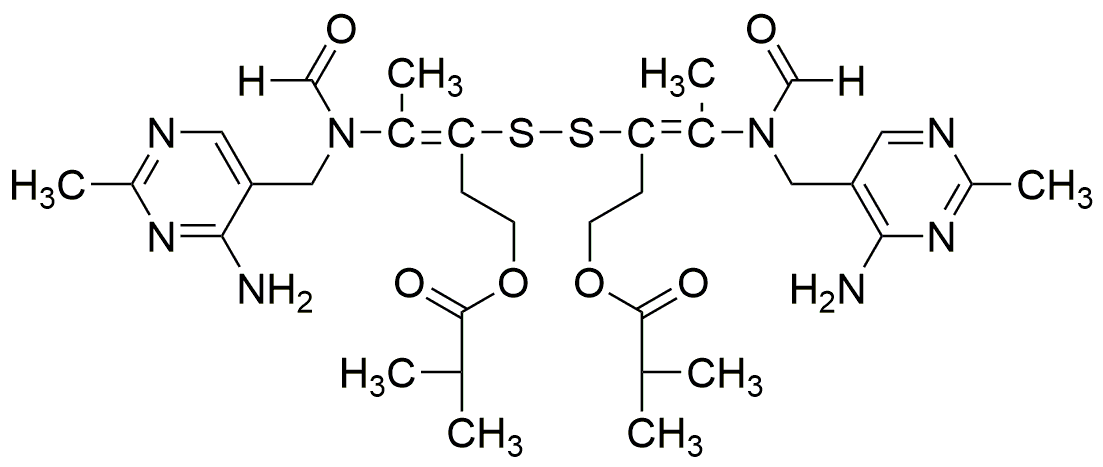Sulbutiamine is widely utilized in research focused on enhancing cognitive function and physical performance. Here are five practical applications:
- Cognitive Enhancement: Often used in nootropic supplements, it may help improve memory, attention, and overall mental clarity, making it popular among students and professionals.
- Fatigue Reduction: Sulbutiamine is known for its potential to reduce fatigue, particularly in individuals suffering from chronic fatigue syndrome or those engaged in high-intensity training.
- Sports Performance: Athletes may use it to enhance endurance and recovery, as it can help increase energy levels and reduce muscle fatigue during workouts.
- Mood Improvement: Some studies suggest it may have mood-enhancing properties, making it beneficial for individuals dealing with stress or mild depression.
- Neuroprotective Effects: Research indicates potential neuroprotective benefits, which could be valuable in developing treatments for neurodegenerative diseases.
General Information
Properties
Safety and Regulations
Applications
Sulbutiamine is widely utilized in research focused on enhancing cognitive function and physical performance. Here are five practical applications:
- Cognitive Enhancement: Often used in nootropic supplements, it may help improve memory, attention, and overall mental clarity, making it popular among students and professionals.
- Fatigue Reduction: Sulbutiamine is known for its potential to reduce fatigue, particularly in individuals suffering from chronic fatigue syndrome or those engaged in high-intensity training.
- Sports Performance: Athletes may use it to enhance endurance and recovery, as it can help increase energy levels and reduce muscle fatigue during workouts.
- Mood Improvement: Some studies suggest it may have mood-enhancing properties, making it beneficial for individuals dealing with stress or mild depression.
- Neuroprotective Effects: Research indicates potential neuroprotective benefits, which could be valuable in developing treatments for neurodegenerative diseases.
Documents
Safety Data Sheets (SDS)
The SDS provides comprehensive safety information on handling, storage, and disposal of the product.
Product Specification (PS)
The PS provides a comprehensive breakdown of the product’s properties, including chemical composition, physical state, purity, and storage requirements. It also details acceptable quality ranges and the product's intended applications.
Certificates of Analysis (COA)
Search for Certificates of Analysis (COA) by entering the products Lot Number. Lot and Batch Numbers can be found on a product’s label following the words ‘Lot’ or ‘Batch’.
Numéro de catalogue
Numéro de lot/série
Certificates Of Origin (COO)
This COO confirms the country where the product was manufactured, and also details the materials and components used in it and whether it is derived from natural, synthetic, or other specific sources. This certificate may be required for customs, trade, and regulatory compliance.
Numéro de catalogue
Numéro de lot/série
Safety Data Sheets (SDS)
The SDS provides comprehensive safety information on handling, storage, and disposal of the product.
DownloadProduct Specification (PS)
The PS provides a comprehensive breakdown of the product’s properties, including chemical composition, physical state, purity, and storage requirements. It also details acceptable quality ranges and the product's intended applications.
DownloadCertificates of Analysis (COA)
Search for Certificates of Analysis (COA) by entering the products Lot Number. Lot and Batch Numbers can be found on a product’s label following the words ‘Lot’ or ‘Batch’.
Numéro de catalogue
Numéro de lot/série
Certificates Of Origin (COO)
This COO confirms the country where the product was manufactured, and also details the materials and components used in it and whether it is derived from natural, synthetic, or other specific sources. This certificate may be required for customs, trade, and regulatory compliance.

